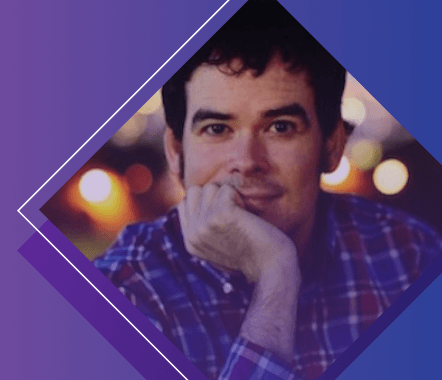Our guest today on the show is Clint Gibler, a research director at NCC Group, where he helps provide organizations with security consulting services. Clint speaks to Guy Podjarny at DevSecCon Seattle about the current landscape of application security, how his company fits into that as a global information assurance specialist and the job of helping companies scale their security efforts through cutting edge tools and processes. His vast experience in the field of security, with a wide range of companies, has afforded him great insight into the importance of security teams’ morale and goal setting. We hear from him about staying up to date on the latest developments in the field and his advice for remaining as current as possible. Clint’s background in helping companies implement security automation and DevSecOps best practices has led to his current standing and we get to hear about the panel discussion he moderated at the DevSecCon event.
Links Mentioned in Today’s Episode:
